Diamonds hold great symbolism and have been associated with various meanings throughout history. These exquisite gemstones embody beauty, value, and rarity, which contribute to their high demand in the world of jewelry.
Throughout the centuries and across different civilizations, diamonds have been attributed with diverse symbols. They have been used in ancient instruments and have adorned classic jewelry pieces. The allure of diamonds is timeless, yet our perception of their significance has evolved over time.
To make an informed and meaningful purchase of a diamond, it is crucial to comprehend the symbolism that surrounds these precious stones and the immense value they hold.
In this article, we will delve into the significance of diamonds and explore their symbolic meanings. Continue reading to gain a deeper understanding of these remarkable gems.
DESIGN YOUR OWN ENGAGEMENT RING: START WITH A SETTING OR START WITH A DIAMOND. IT’S REALLY UP TO YOU!
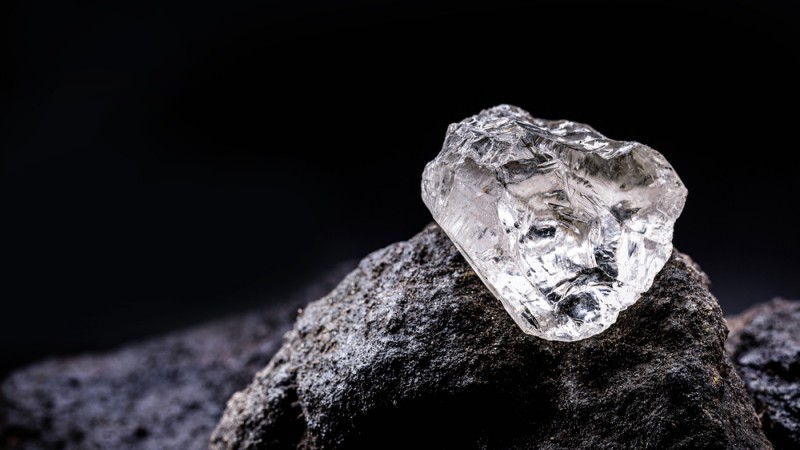
The History Of Diamonds
The journey of a diamond from its formation to the jewelry store is a remarkable process. It begins deep within the Earth’s core, where it is created under intense pressure and heat. Through powerful forces, it is propelled upward until it reaches the Earth’s surface, either through mining or natural occurrences.
Once unearthed, the diamond undergoes a series of intricate steps. It is carefully cut, sliced, and polished by skilled diamond cutters and jewelers who seek to enhance its brilliance, brightness, and elegance.
The word “diamond” finds its origins in the Greek term “Adamas,” meaning “unbreakable.” This name perfectly describes the remarkable hardness of diamonds.
The discovery of diamonds dates back to the 4th century BC, although the youngest known diamond is believed to have formed around 900 million years ago. The presence of diamonds was first mentioned in a Sanskrit book from the North Indian dynasty.
Throughout history, diamonds have been highly prized for their exceptional brilliance, ability to refract light, and their durability in etching metals over time. They served various purposes, including as cutting tools, protective charms in warfare, decorative adornments, and talismans believed to ward off evil. Diamonds were even used for therapeutic reasons.
During the 13th century, diamonds, along with other gemstones, gained prominence in the European jewelry industry. Laws were enacted to reserve diamonds for nobility and royalty, fitting their association with brightness and radiance.
Initially, diamonds were believed to originate solely from India. However, significant diamond discoveries were later made in places like Venice and Brazil. Venice, in particular, established the first diamond-cutting factory in 1330, marking a significant milestone in the city’s economic success and its trade connections with France and Belgium.
It was not until the 18th century, when diamonds were found in South Africa, that they became synonymous with royal families and gained widespread popularity. Over time, diamonds transformed into a global commodity, generating substantial revenues through trade and commerce.
There was a period when the value of diamonds declined, leading the elite to favor rubies, emeralds, and sapphires in their engagement rings. However, diamonds eventually regained their status and became a customary choice for engagement and wedding rings, as seen in most jewelry stores today.

The Symbolic Meaning Of A Diamond
Diamonds hold a primary symbolic representation of love and loyalty. This association stems from their remarkable durability, signifying an unbreakable bond in relationships.
Throughout history, diamonds have been prominently used in engagement rings as a profound gesture of love and a proposal for marriage.
Additionally, diamonds have long been associated with royalty, power, status, and luxury. In ancient times, kings and privileged royal families possessed extensive jewelry collections adorned with rare and exquisite diamonds.
Even in contemporary times, diamonds continue to be a symbol of opulence and are frequently seen adorning the jewelry worn by celebrities at prestigious events like Hollywood award ceremonies and presidential dinners.
Diamonds are not only esteemed for their luxurious nature but also admired for their inherent beauty and captivating sparkle. Their brilliance adds an element of elegance and serves as a statement of high-end fashion when incorporated into any ensemble.
However, it is important to acknowledge the dark side of the diamond industry. Diamonds have been linked to conflicts and bloodshed, as seen in the issue of blood diamonds. These diamonds have been associated with human rights abuses, particularly in regions like Sierra Leone and Liberia, where diamond mining has resulted in enslavement and devastating civil conflicts, claiming numerous lives.
While diamonds possess multifaceted symbolism, it is crucial to address the ethical concerns surrounding their production and trade, promoting responsible sourcing and supporting efforts to eliminate the negative impacts associated with the diamond industry.

Diamond – A Marriage Symbol
The tradition of wearing wedding bands holds deep symbolism, representing enduring love and devotion between partners. Its origins can be traced back to ancient Egypt, where it was believed that the “vena amoris” or the vein of love ran directly from the left ring finger to the heart.
Throughout history, men have presented diamond rings to their chosen partners as a symbol of commitment and everlasting love. A significant milestone in the popularization of diamond engagement rings occurred in 1477 when Archduke Maximilian of Austria gave Mary of Burgundy a diamond-encrusted ring, solidifying its association with profound affection.
This tradition has endured to the present day, highlighting the enduring admiration for diamonds. The phrase “diamonds last forever” has become well-known, emphasizing their connection to loyalty, durability, and stability. The exceptional hardness and captivating brilliance of diamonds symbolize the qualities that are desirable in a strong and enduring marital relationship.
Anthropologists suggest that diamonds were first used as a marital symbol in Roman tradition. Wives were expected to wear rings adorned with small keys, engraved with their husbands’ names, signifying their commitment and partnership. This further reinforces the enduring link between diamonds and the institution of marriage.
The tradition of exchanging diamond wedding bands continues to be cherished, serving as a tangible representation of the profound bond shared between two individuals embarking on a lifelong journey together.
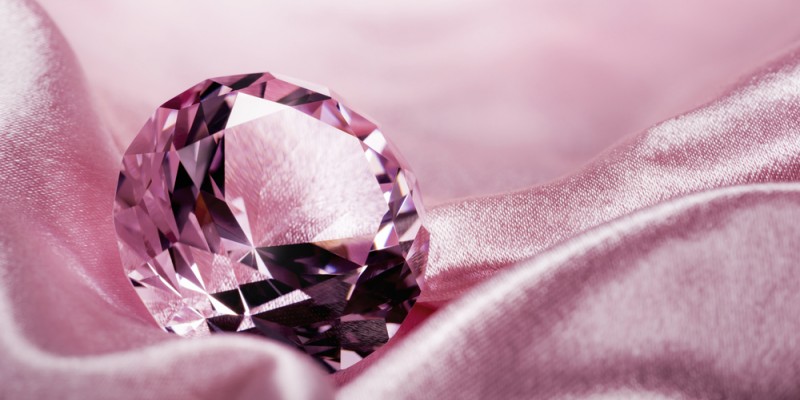
Diamond’s Spiritual Meaning
The symbolism surrounding diamonds continues to flourish, encompassing various interpretations in the realms of spirituality and mysticism.
The pure white light emitted by diamonds is regarded as a symbol of purity, facilitating the integration of all aspects of our being. It brings clarity, stability, and love to relationships, strengthening the bonds we share. Furthermore, the rarity of diamonds has long been associated with the aspiration for excellence and unwavering integrity, making it a symbol of ambition in life.
Diamonds extend their symbolism beyond commitment, instilling confidence in other areas of our lives. They attract abundance and serve as powerful energy amplifiers, enhancing the capabilities of those who wear them. Diamonds are also believed to offer protection against electromagnetic stress, signifying invincibility, courage, and strength.
Moreover, as a precious stone, diamonds carry the energetic essence of Mother Earth. They possess the ability to balance and elevate our energy to higher levels. Diamonds are associated with healing as they aid in our journey towards becoming the best versions of ourselves, both internally and externally. They cleanse and detoxify the body, alleviate allergies and chronic illnesses, and restore balance to our metabolism. Some even suggest that diamonds have benefits for vision and can aid in treating conditions like glaucoma.
Thus, diamonds transcend their role as mere decorative gemstones. They are believed to alleviate emotional distress and mental congestion, initiating powerful new beginnings and relieving anxieties or uncertainties. Additionally, diamonds promote awareness and mental clarity, awakening our innermost desires and aspirations.
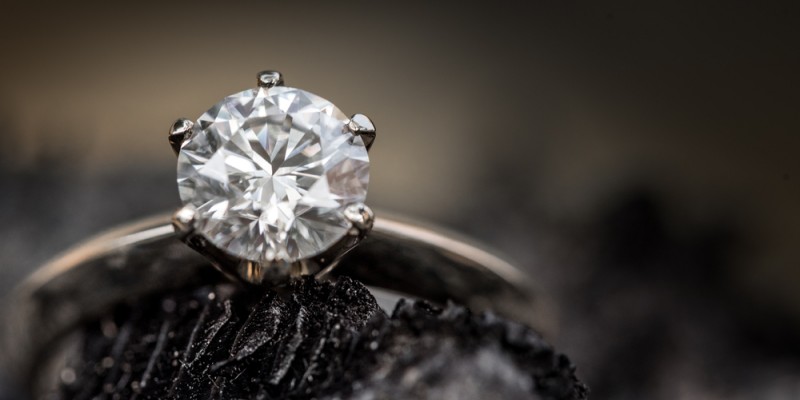
Diamond’s Mystical Meaning
To fully grasp the mystical significance of diamonds, we must delve into the beliefs of our ancestors and explore their ancient wisdom.
Diamonds were revered as spiritual stones, often considered sacred gems bestowed upon us from the heavens or the gods themselves.
In the realm of Indian alchemy, the diamond held the esteemed position of the philosopher’s stone, representing immortality. It was frequently utilized in meditation practices, believed to gather and purify emotions while cleansing the psyche.
During the Renaissance period, diamonds symbolized the equality of the spirit, embodying virtues such as integrity, faith, courage, and the liberation of the soul from all fears.
Consequently, the enduring symbolism of diamonds has transcended time and remains relevant in the present era. Today, diamonds are also associated with spiritual perception, seen as gems that aid in the development of our spiritual selves and enable us to transcend the confines of the material world.
Some even claim that the power of diamonds can assist us in understanding and perceiving things that surpass the limitations of the human mind. It is believed that diamonds possess a profound energy that can unlock realms of knowledge inaccessible through conventional means.
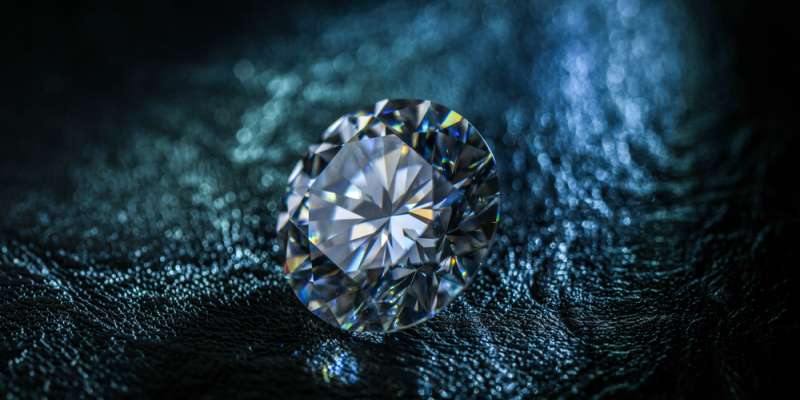
The Symbolism Behind Diamond’s Color
The clear or white diamond is undoubtedly the most well-known, but it’s important to note that diamonds come in a variety of colors. But how do these colors come to be?
The color of a diamond is a result of trace elements mixing with carbon molecules during its formation. It’s a reminder that the chemical composition of a substance determines its color.
What makes it even more fascinating is that each diamond color is associated with unique meanings and symbols. In the following sections, we will explore the significance behind different diamond colors.
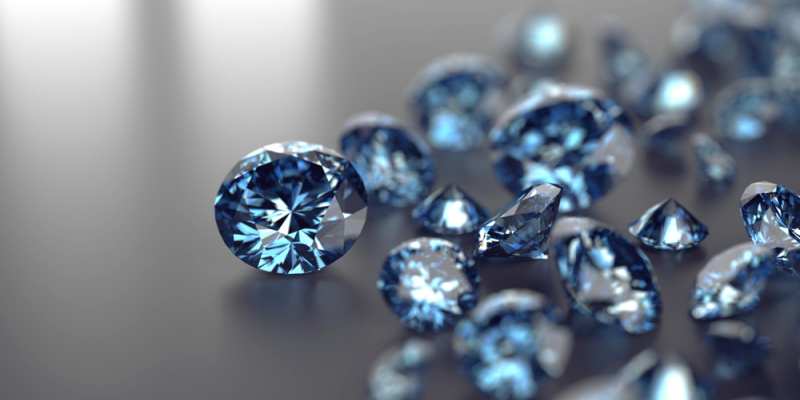
Blue Diamonds
Blue diamonds are exceptionally rare and prized for their unique color. The presence of boron during the diamond formation process gives them their distinctive blue hue.
Symbolically, blue diamonds are associated with eternity, tranquility, purity, truth, and spirituality. They exude a sense of majesty and are becoming increasingly sought after.
In certain beliefs, wearing blue gemstones in a ring is believed to bring about a safe and protected journey. According to Buddhist teachings, wearing blue earrings can help prevent rebirth as a donkey. Interesting, isn’t it?
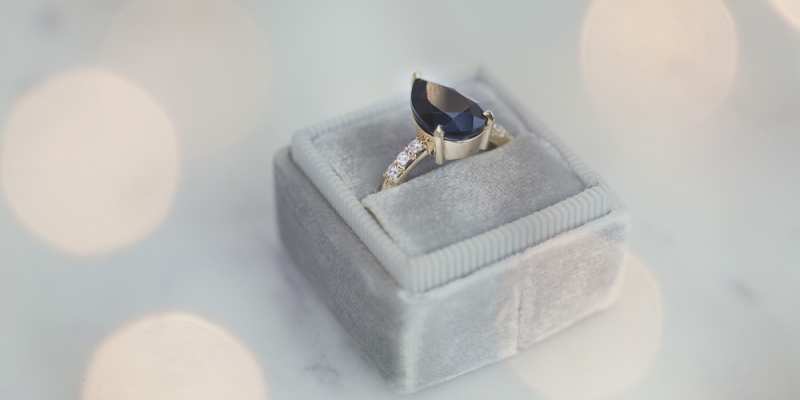
Black Diamonds
Black diamonds, while lacking the traditional brilliance of white diamonds, hold a special appeal for engagement rings. They carry a symbolic meaning of transcendence and are believed to possess magical properties.
Precious black stones are associated with action, passion, and energy. They symbolize a love that is perfect, eternal, and unchanging.
Interestingly, the perception of black diamonds can vary across different cultures and regions. Some believe that if a married couple touches a black diamond, it brings good fortune throughout their marriage. However, there are others who consider it an omen of negative implications.
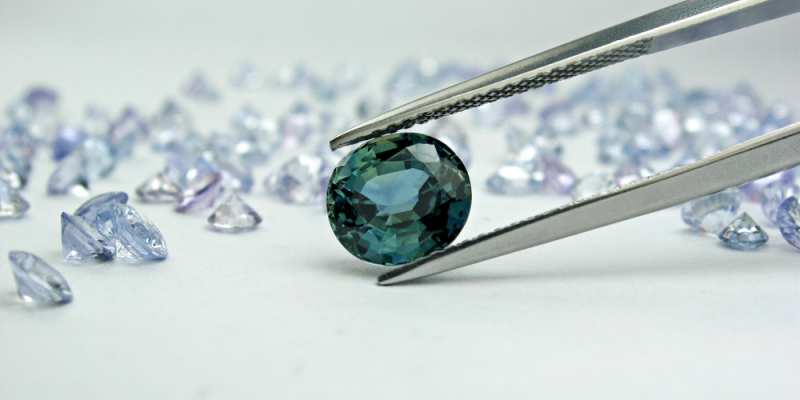
Green Diamonds
Chameleon diamonds, commonly referred to as green diamonds, are incredibly rare gems. They exhibit a spectrum of shades ranging from olive green to yellowish-green. The renowned Dresden Green gem showcases a vibrant green hue achieved through radiation, although many green diamonds tend to turn brown when exposed to elevated temperatures.
The color green symbolizes vitality and liveliness, particularly in youth. It is also closely linked to nature, abundance, and prosperity.
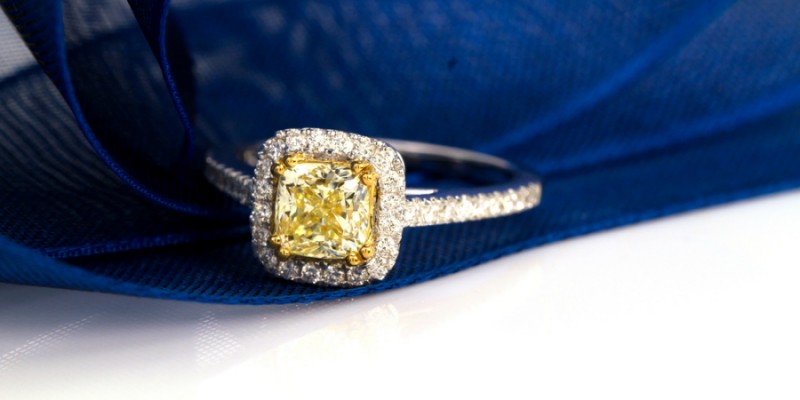
Yellow Diamonds
As previously mentioned, the coloration of colored gemstones typically arises from the incorporation of intricate elements into their structure. In the case of diamonds, the addition of extra nitrogen leads to the captivating yellow hue, creating exquisite pieces of jewelry.
Yellow is associated with intelligence, intellect, and knowledge. It is a vibrant color that radiates optimism and evokes feelings of joy.
Moreover, yellow closely resembles the natural light of daylight. It carries a humble symbolism of acceptance and contentment. Additionally, yellow is reminiscent of the earth, representing a sense of rootedness and belonging.
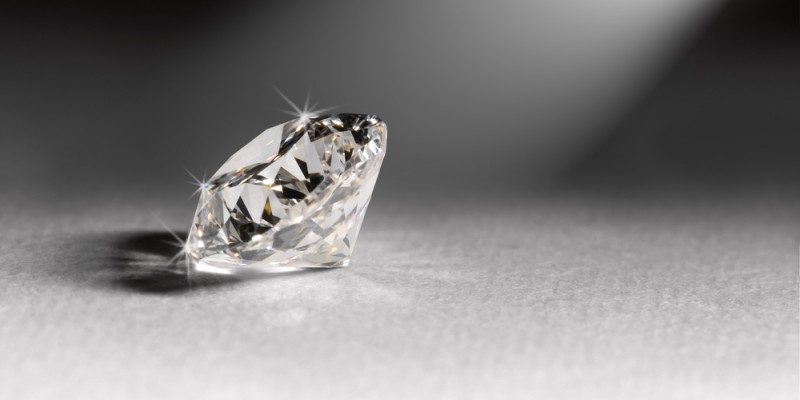
White Diamonds
White diamonds stand as the most esteemed among all diamonds. Typically, the greater the absence of color in a diamond, the higher its value and price.
White diamonds are commonly connected with purity and holiness.
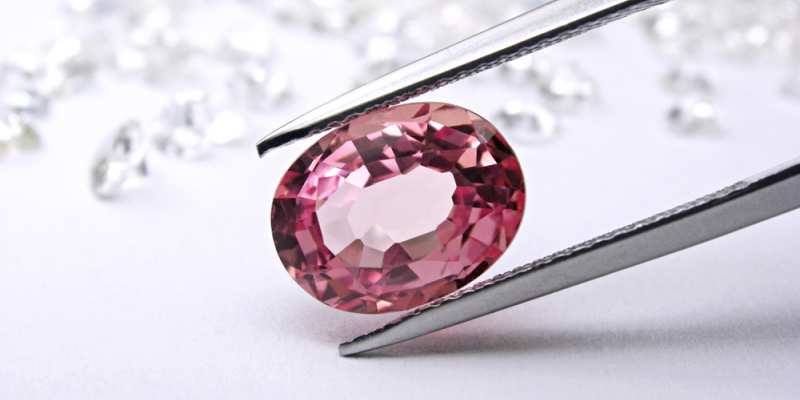
Pink And Red Diamonds
Pink diamonds rank among the most exclusive hues within the realm of diamonds. They embody passion and strength, while also conveying a sense of authority and self-assurance.
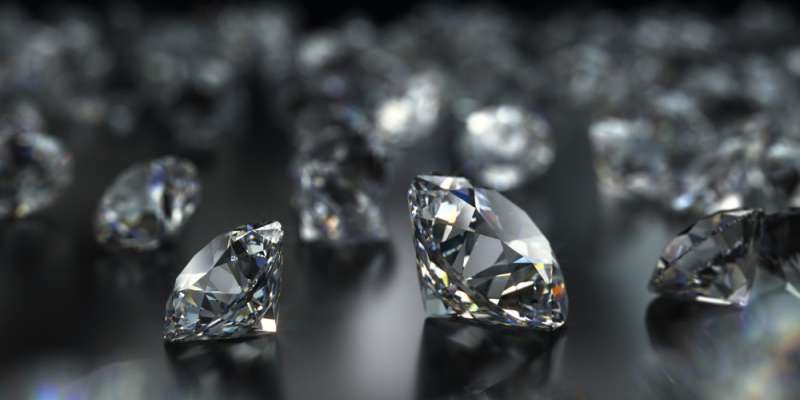
Conclusion
To summarize, diamonds hold multifaceted symbolism that goes beyond their commercial appeal as fashionable gemstones. While they are renowned for their beauty and serve as exquisite fashion statements, diamonds possess significant historical and spiritual value.
Foremost, diamonds are universally recognized as a symbol of love, fidelity, innocence, purity, and enduring relationships. This association with romance explains their prevalent use in engagement rings and wedding bands.
Moreover, some believe that the brilliance and reflection of diamonds can inspire and stimulate innovation in their owners. Additionally, the hardness and perceived “immortality” of diamonds are thought to impart strength, courage, and resilience by warding off negativity or misfortune.
Hence, it is evident that diamonds hold deeper meaning for many individuals, transcending their aesthetic appeal and positioning them as more than mere decorative stones.


